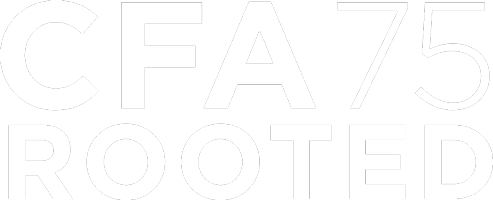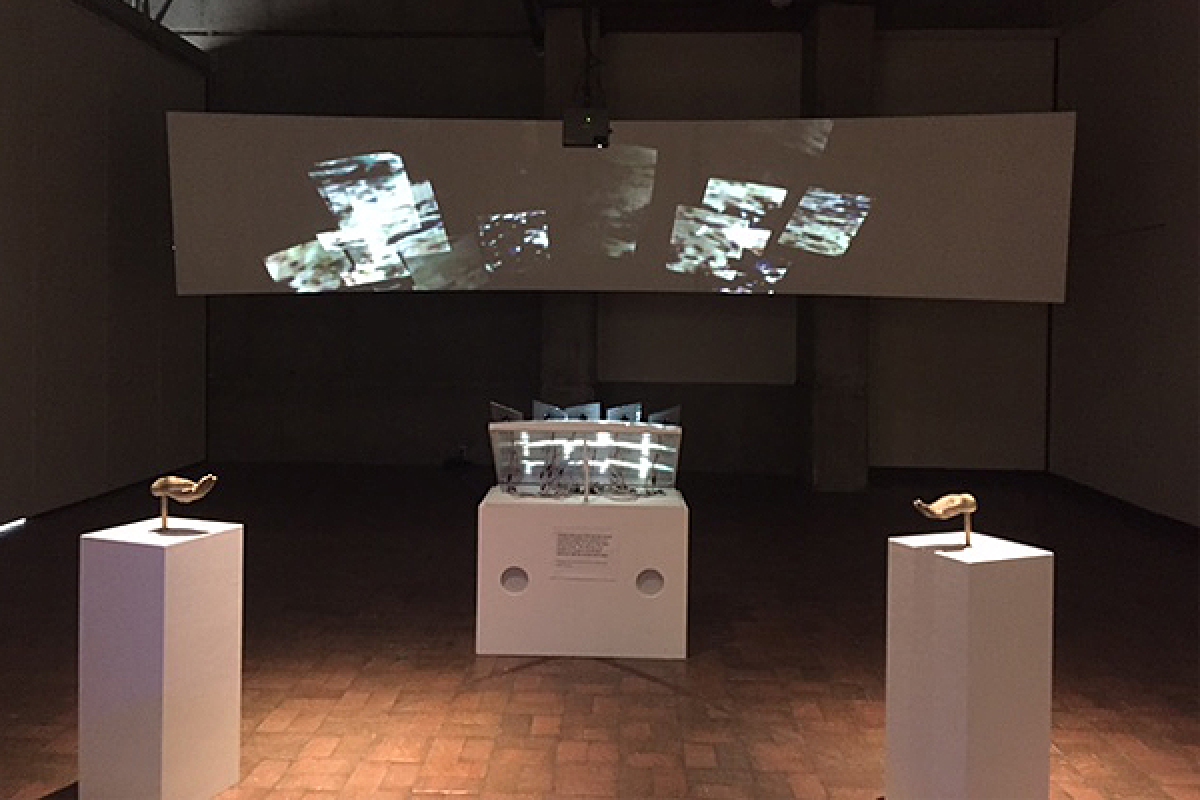By Emerging Leaders Ambassador and Guest Writer Rachel Luebbert
From February 2nd-17th the Gittins Gallery featured a collaborative exhibition organized by Assistant Professor in Sculpture Intermedia, Wendy Wisher, and Associate Professor in Computer Science, Erik Brunvand. This exhibition brought together six researchers from different departments at the University of Utah surrounding the discussion of the significance of water in the Western US.
The spirit of this exhibition was inspired by a collaboration that occurred 50 years ago. In 1966, Bell Laboratories funded 10 artists, dancers, musicians, and engineers for “9 Evenings: Theatre and Engineer” in New York. This marked the first large-scale collaboration between artists and engineers. Similarly, Liquid Collaboration serves as a collaborative anniversary and highlights an effort to foster new relationships.
The goal of Wendy Wisher and Erik Brunvard was to create an installation that was truly collaborative, unlike other projects that have just hired another partner to do the coding. Wisher explained, “We made a piece that is at first glance an installation that presents visual and audio components about water. But in a deeper way, it’s about how people need to come together and collaborate to solve these large and complex problems.” In their installation, Collective Currents, viewers came together and collaborated within the exhibition. Bronze casts of hands mark each side of the installation and viewers had to physically create a human chain, a sort of circuit. This physical collaboration caused the distant, garbled water sounds to become the babbling of fast flowing water, while the video fragments began to connect together to create a comprehensible video picture. The water depicted transitions from oily blackness to an imperfect cleanness. Wisher described this symbolism, “When we try to restore our water, it will never go back to its initial state and it cannot fully be returned to perfection.” However, through such collaborative work, we can come together to ensure that we have access to clean water.
In the piece Casual Nexus, Artist Tatiana Larsen and Computer Scientist Peter Jensen created a large suspended sculpture, which consists of a large, central, transparent sphere connected to six smaller spheres. The water level constantly changed responding to the number of people in the gallery as well as their distance to the piece. This installation inspired conversations regarding how draining water from one water source can affect other water sources negatively.
The third and final work, Words are Water is a multimedia installation with Tim Grant’s audio and Justin Watson’s visuals. The video is built on purely sonic and visual experiences connected to water— the viewer then constructed their own narrative without any specific voiceover or text. This installation uses drinking water and audio sourced from glaciers to discuss the mutually destructive effect of not preserving water.
Liquid Collaboration raised important environmental questions and challenged viewers to recognize their own role in the matter of Water in the West.
*Liquid Collaboration was funded by URC and the College of Fine Arts



